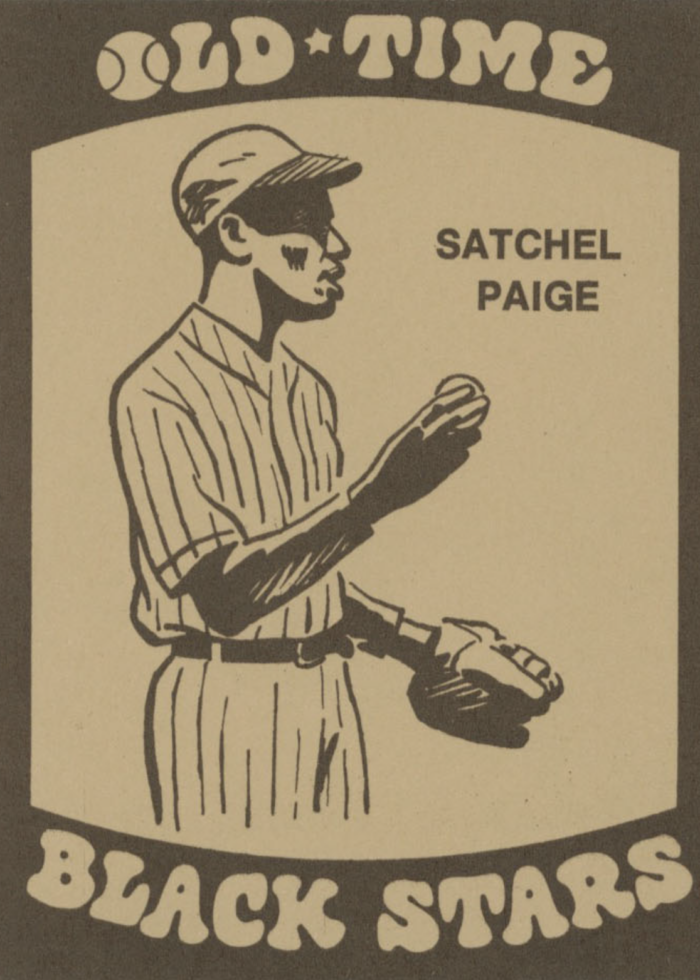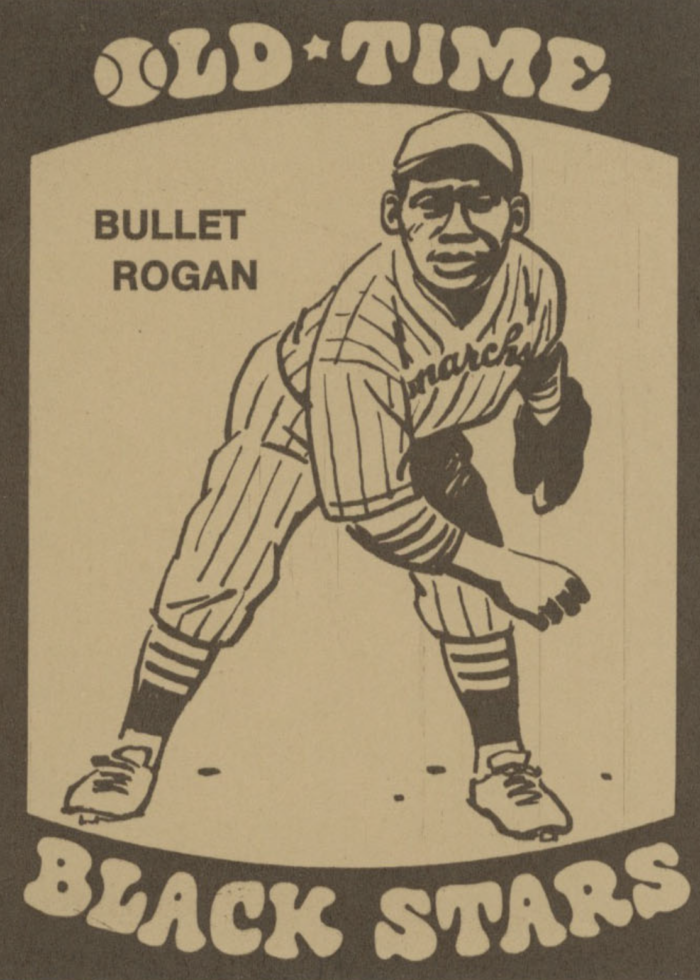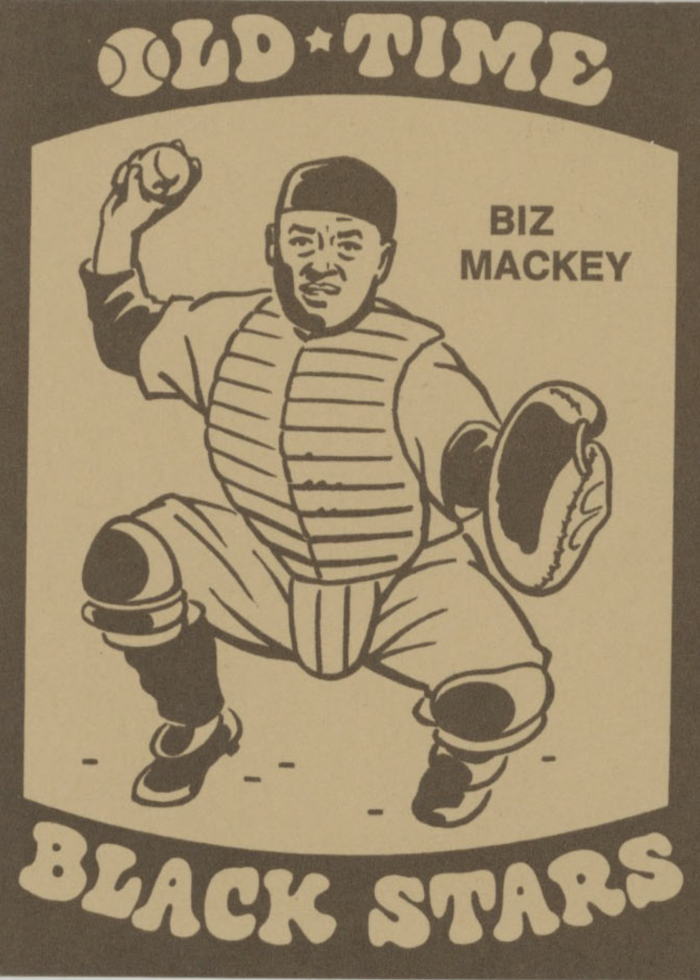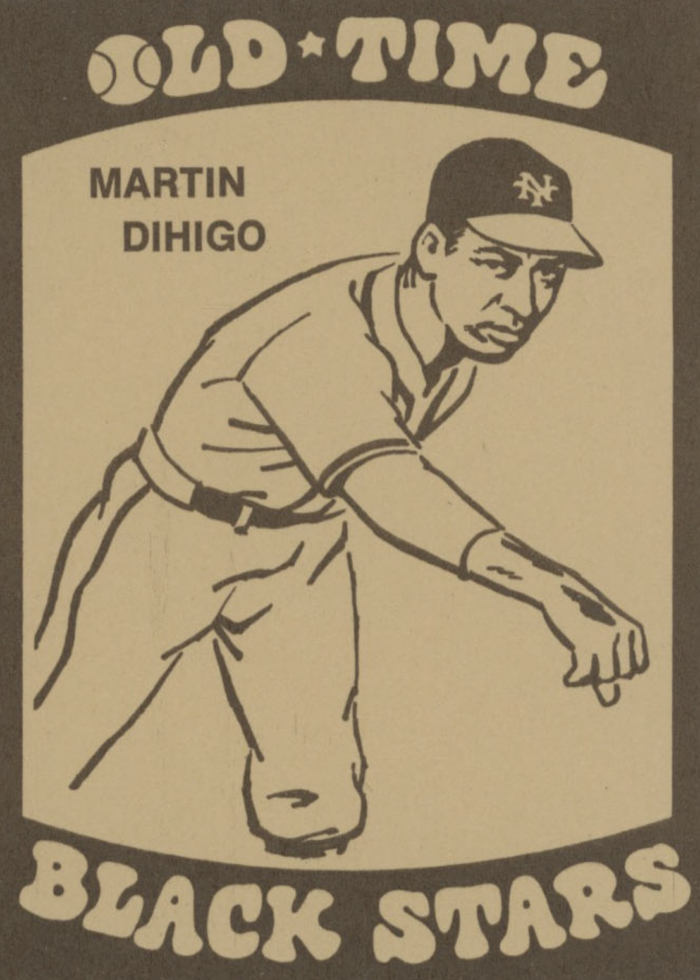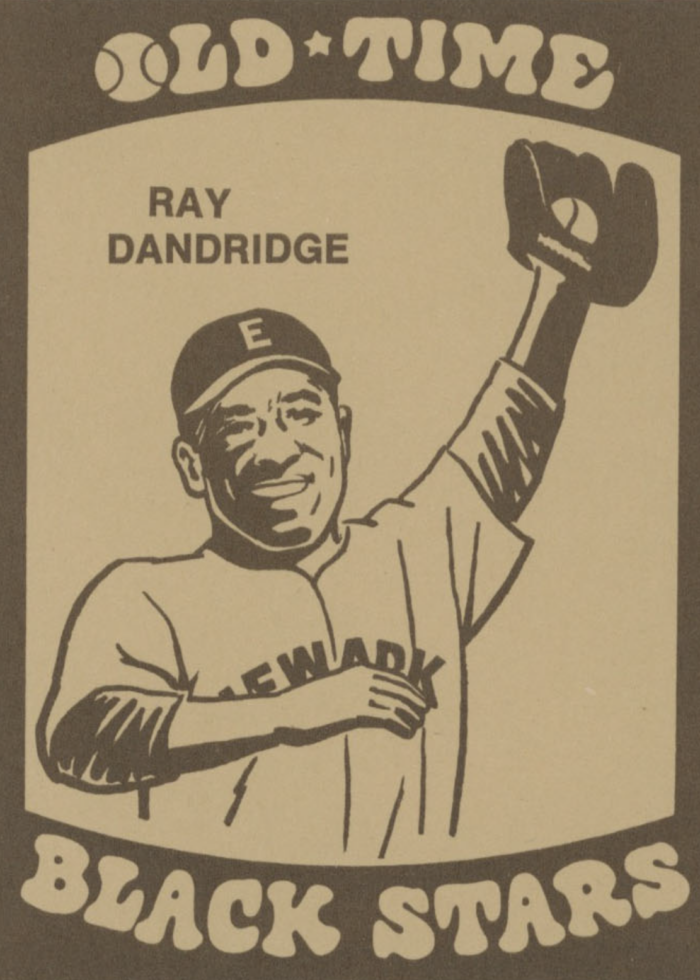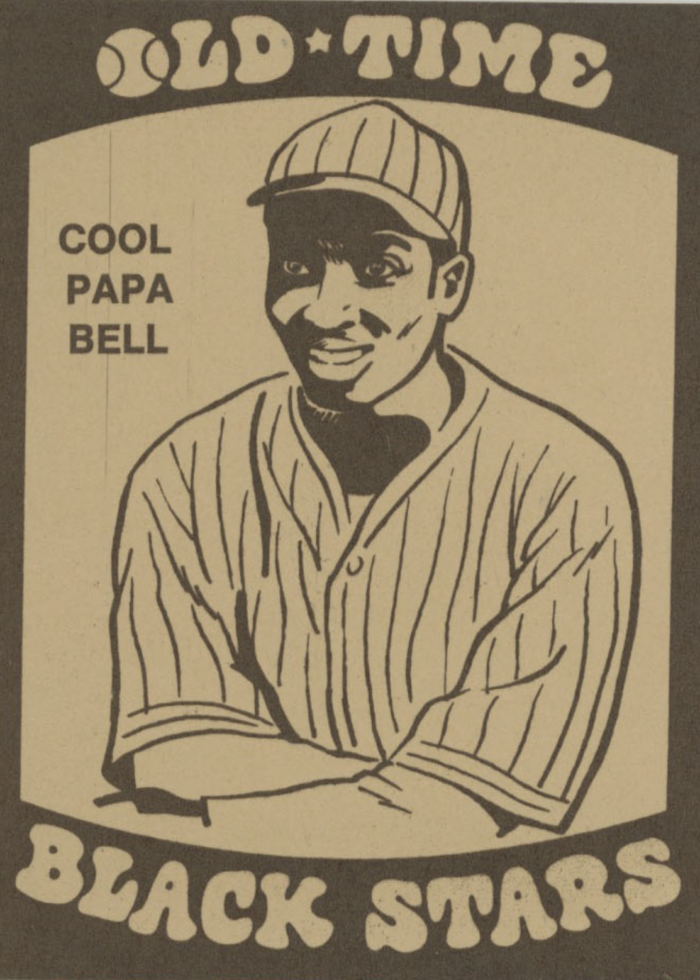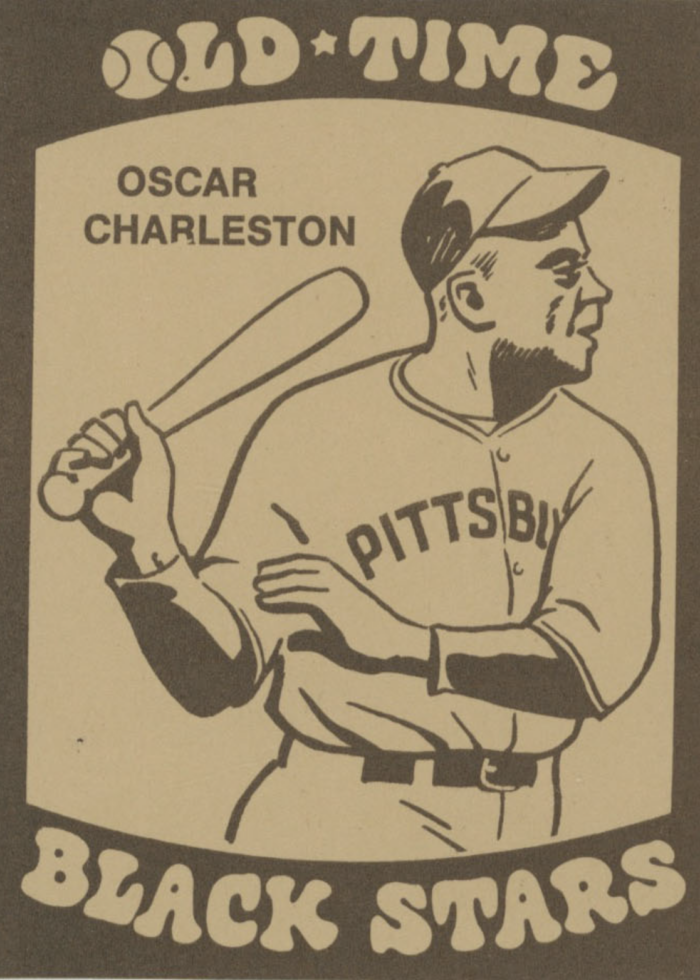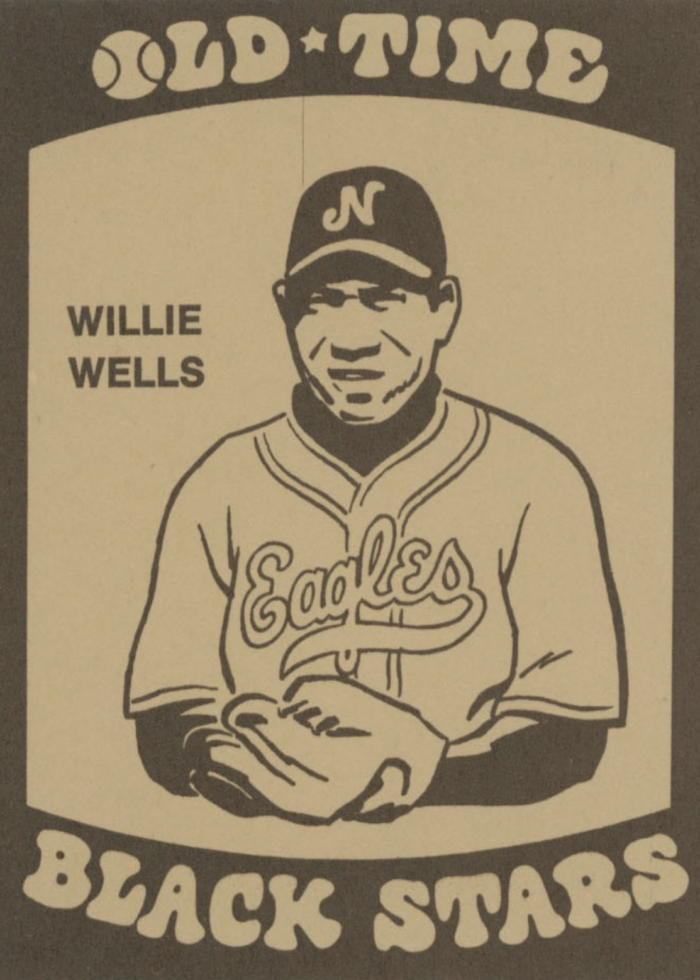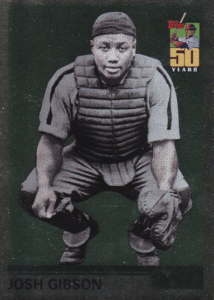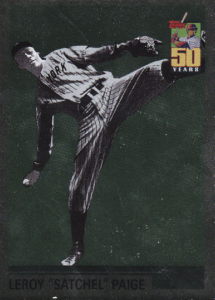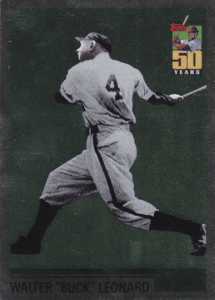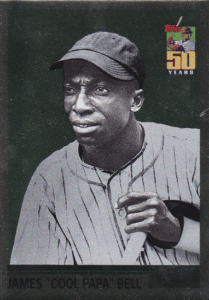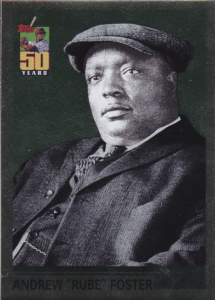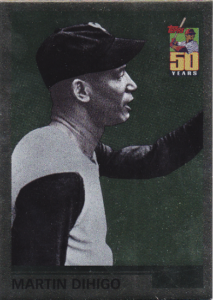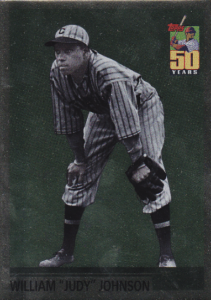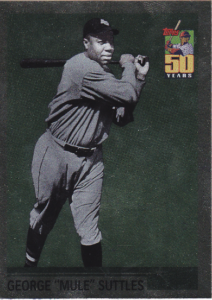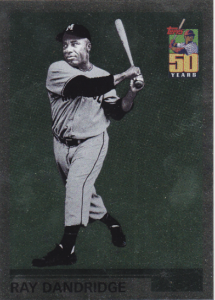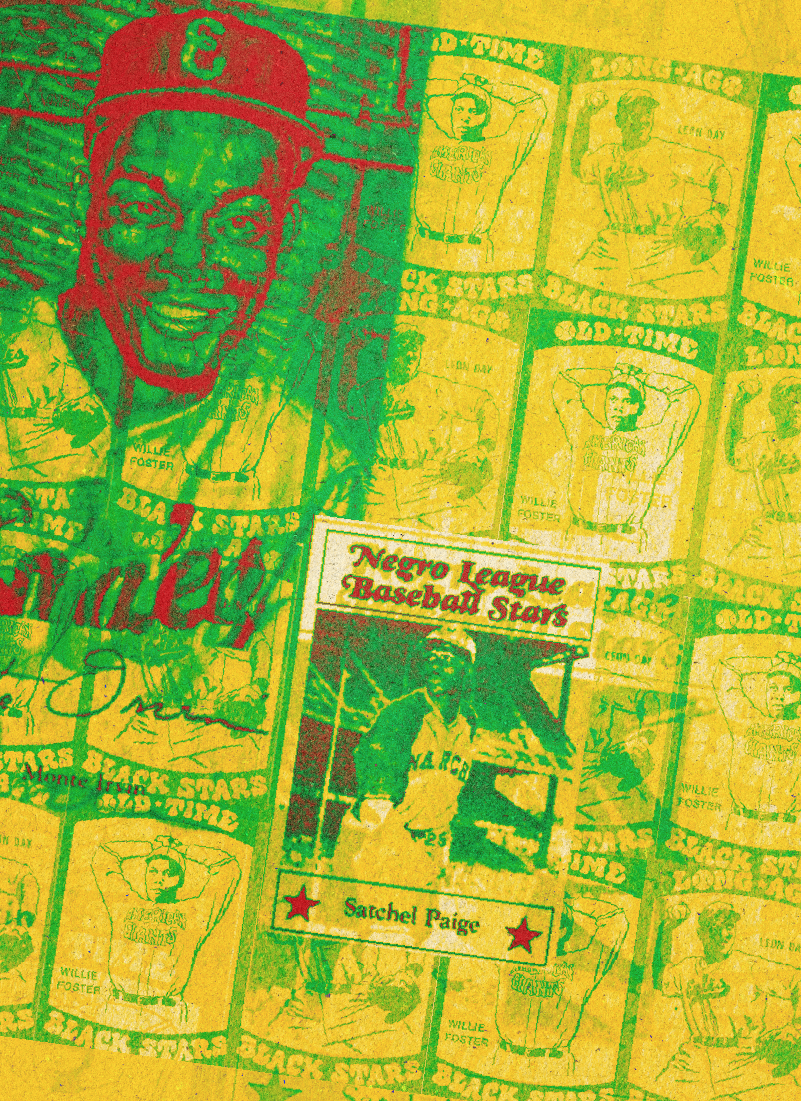
Expanding the History and Legacy of Baseball
Juneteenth celebrates the moment when Union General Gordon Granger announced the end of the Civil War and slavery in Texas on June 19th, 1865 (hence the name, Juneteenth). It marks the final, official end of slavery in the U.S., more than two years after the Emancipation Proclamation was put into effect. Juneteenth is a pivotal celebration of African American history, recognizing their contributions and ongoing struggles against systemic issues.
As America celebrates Juneteenth, we use this occasion to remember the efforts and sacrifices of those who fought for civil rights in baseball. By showcasing the representation of players from the Negro Leagues in trading cards, we acknowledge their enduring impact and recognize their talent, resilience, and pivotal role in shaping baseball.
Segregated on the Field and in Packs
Since ballplayers of color weren’t welcome in Major League Baseball until the 1940s, these talented individuals responded to segregation by creating leagues to showcase their skills. Over two dozen existed from the late-1800s through the middle of the 20th century — seven of which are recognized today by the MLB as major leagues — and an abundance of star teams and players emerged over that era.
There was shortstop Pop Lloyd, the “Black Honus Wagner” — Babe Ruth once called him the greatest player of all time. There was outfielder James “Cool Papa” Bell, who was so fast that teammate Satchel Paige claimed he could get out of bed, turn off the light, and get back in bed before the room got dark.
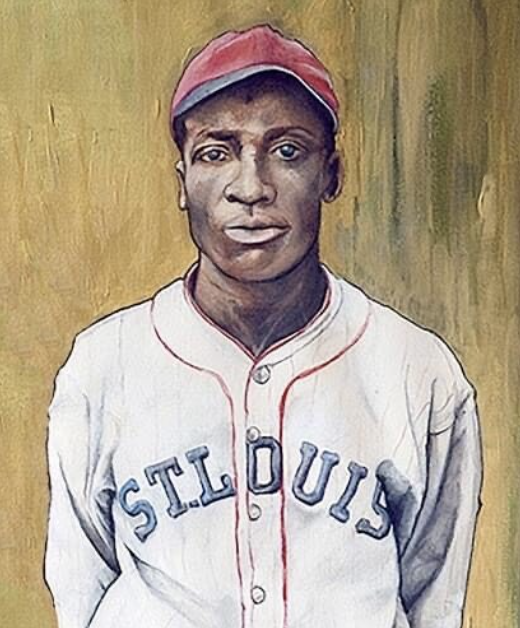
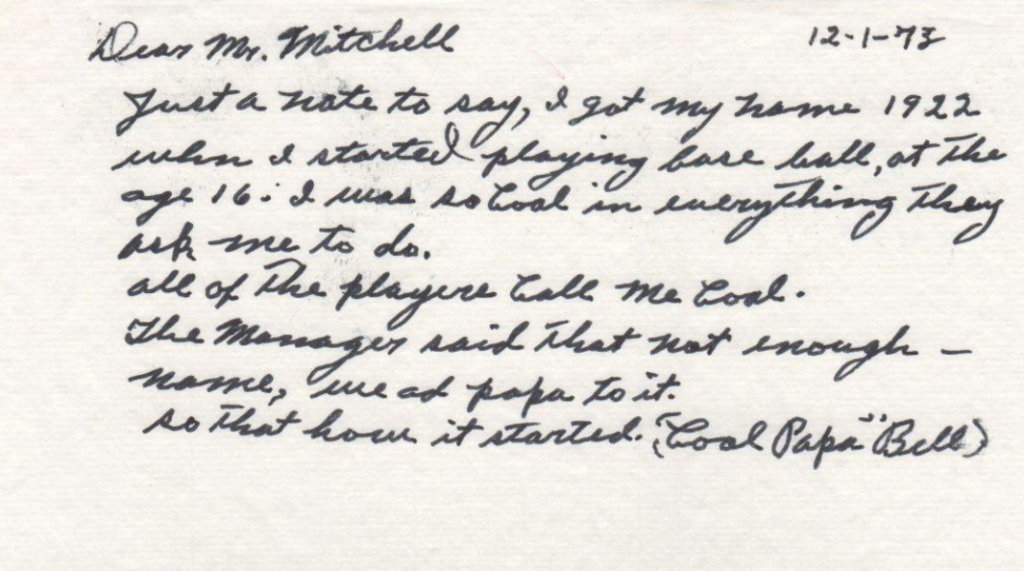
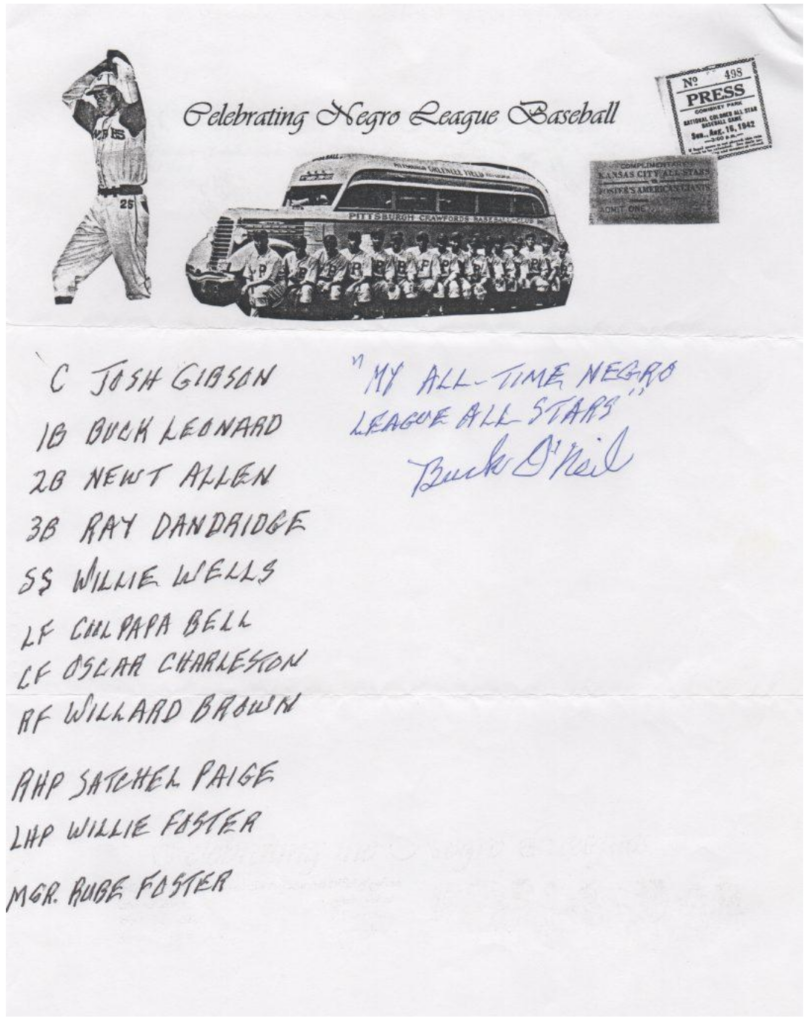
While the heyday of the Negro Leagues occurred slightly before baseball cards really got popular, many cards (like the rare T-206 Wagner) were produced during that time.
Bob Kendrick, the president of the Negro Leagues Baseball Museum, puts the state of Negro Leagues cards in America succinctly: “They just didn’t exist.”
Perhaps unsurprisingly, no American companies made cards for Negro Leagues players during their prime – demonstrating the all-pervasive effects of Jim Crow segregation before the civil rights movement. “It’s such an important part of baseball history, and there are no cards issued in the United States of American Negro League players,” said Al Jurgela, a collector who focuses on Negro League cards, in a feature with MLB’s Carded.
“It’s kind of a shame that nobody really had the foresight to do it, but at that time, the folks who were making cards, they probably weren’t going to make Negro Leagues cards,” Kendrick said.
As long as you knew where to look, though, Negro Leagues cards were indeed available… though incredibly scarce.
During the American offseason, many Negro Leaguers would fly south to Latin American countries like Mexico and Cuba to play winter ball. Several producers in those countries created cards of these players and sold them with items like cigars or candies. And although the cards are pretty rare, a few collectors have made it their mission to chase them.
One of them is Jurgela, who’s based in South Carolina. His collection includes cards that feature legendary Hall-of-Famers that even some informed baseball fans might not know: Martín Dihigo, Oscar Charleston, Judy Johnson, and more.
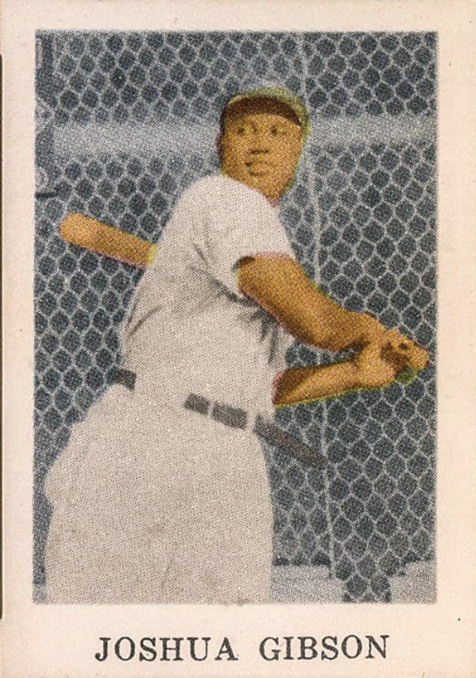
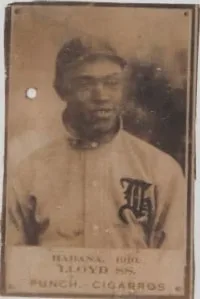

Jurgela first got into Negro League baseball cards after a conversation with former player Lou Dials at a card show during his childhood. Entranced by the rich stories that Dials shared with him, Jurgela set out to educate himself on the Negro Leagues and collect any existing cards of those players.
“He [Lou Dials] really piqued my interest, and it was a segment that I felt a calling too because of this man that I randomly met,” Jurgela recalled.
One of Jurgela’s grails is a 1950-51 Toleteros Josh Gibson, the first-ever card produced for one of the greatest hitters of all time. The card, created by a Puerto Rican company and featuring Gibson in his uniform there, was meant as an homage after Gibson’s passing in 1947. Jurgela also has a 1931 Doble Aguila card from Venezuela featuring Dihigo, one with the distinction of being the only card from that era featuring a Negro Leaguer in a Negro League uniform.
American Reprints
Though no major American card companies created cards of Negro Leaguers as Negro Leaguers during their careers, their MLB sets would include players of color who jumped to the integrated game. However, those 1950s cards were all routinely dismissive of the Negro Leagues. Many cards referenced those players’ MLB debuts as their starts in “organized baseball,” implying the Negro Leagues weren’t on equal footing. (Some Topps cards from the early 1950s described Negro League teams as “semi-pro.”)
The sets below represent a selection of notable Negro League cards widely available to American collectors. Take a closer look at the years that some of these sets were published — that unfortunate gap in time displays just how long the Negro Leagues (and thus, its cards) had been marginalized. It would be easier to hide from this glaring omission in the popular record that cards create, but it’s far more productive to call it out and do better going forward.
1974 Laughlin Old-Time Black Stars
Bob Laughlin, an artist and cartoonist who frequently collaborated with the card company Fleer, independently released this 36-card set of Black ballplayers in 1974. The set features Laughlin’s illustrations on the front with a short bio on the back. The bios were ahead of their time in their treatment of the players’ Negro League histories — the information is both detailed and accurate.
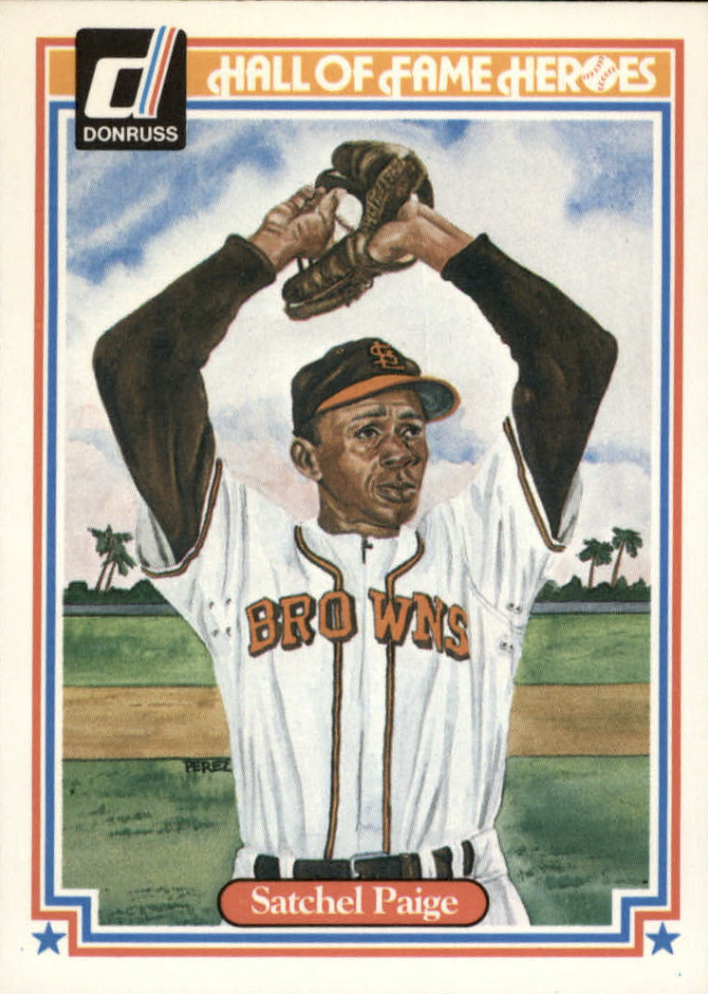
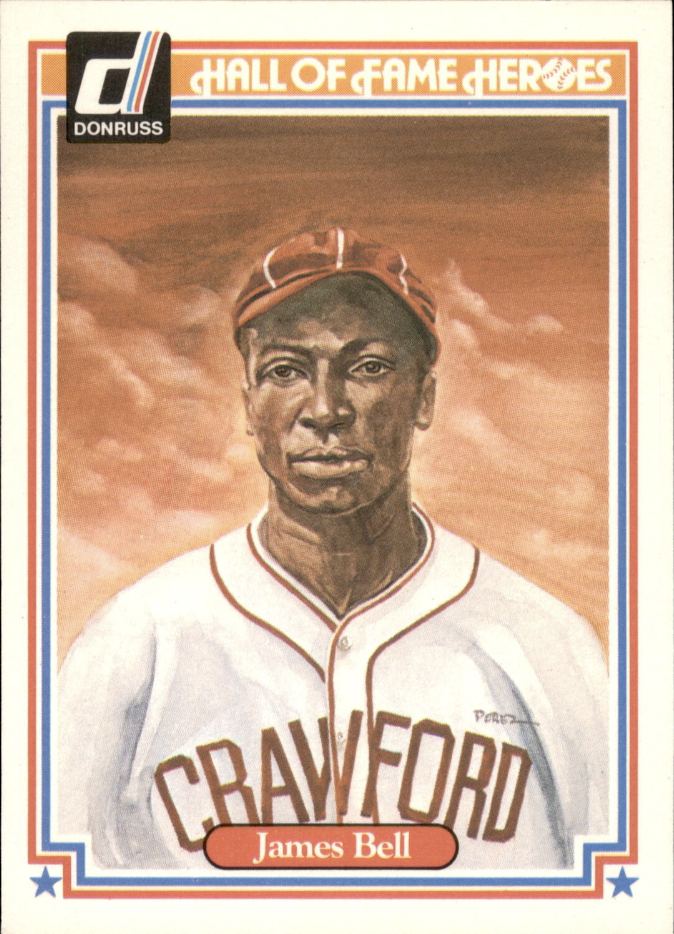
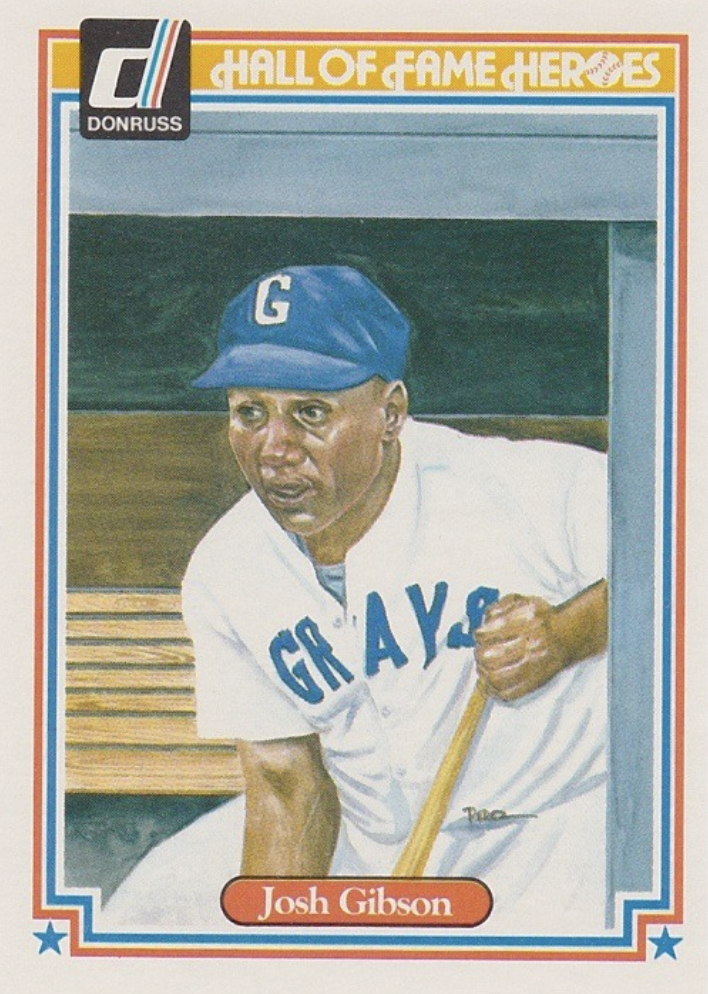
1983 Donruss Hall of Fame Heroes
With card art from Dick Perez, this 44-card Donruss set is regarded as one of the earliest depictions of Negro League ballplayers by a mainstream card brand. The set depicts Cool Papa Bell and Josh Gibson in their Negro League uniforms, along with other Black players in MLB uniforms.
2001 Topps Series 2 “What Could Have Been” Insert
Topps’ first depiction of Negro Leagues ballplayers came in 2001, with an insert set in Series 2. The series, which featured 10 Negro League stars, shared eye-popping stats and questioned how history might have been different if Black ballplayers were allowed in the MLB before 1947.
Prior to the 21st century, Topps rarely made cards for any retired players, which is one reason the 2001 Series 2 inserts were such a landmark, albeit long-overdue, production. Generally, the attitude at the time was that current players moved packs, and retired legends were often disregarded as a business decision.
There was also the idiosyncratic nature of player licensing in the 1900s. Some collectors have theorized that it’s entirely possible — maybe even likely — that many of the vintage Negro League sets were created without the players’ permission or involvement, which Topps would not have done. Regardless, the lack of representation is wrong.
The Legacy of the Negro Leagues
Over the last several years, a new movement has emerged demanding equity and an end to racial injustice. As part of that effort, Negro Leagues baseball is coming under the spotlight once more.
Many baseball fans have gained a new appreciation for the Negro Leagues thanks to a new game mode in MLB The Show 23 that highlights eight of the era’s stars. The Negro Leagues storyline, which allows gamers to play different scenarios as Negro Leagues legends, features commentary from Kendrick and has received both critical and widespread acclaim. One of those stars is Rube Foster, often called the “Father of Black Baseball.” Foster fought strongly for Black ownership of teams in the Negro Leagues.
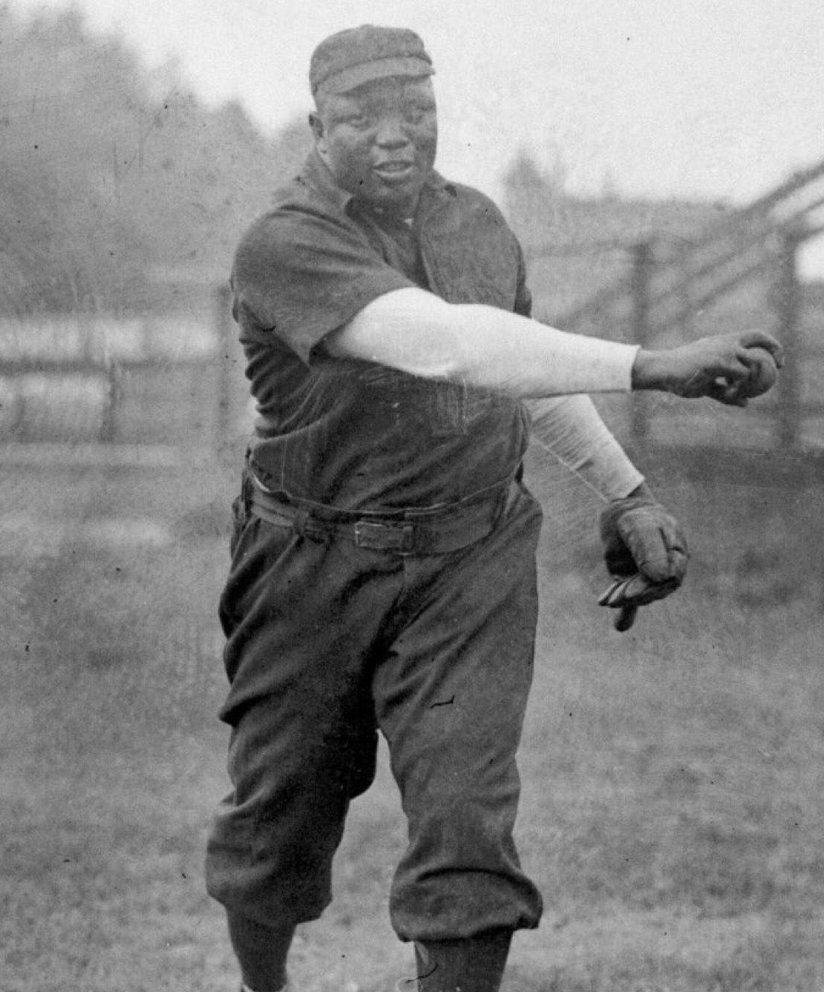
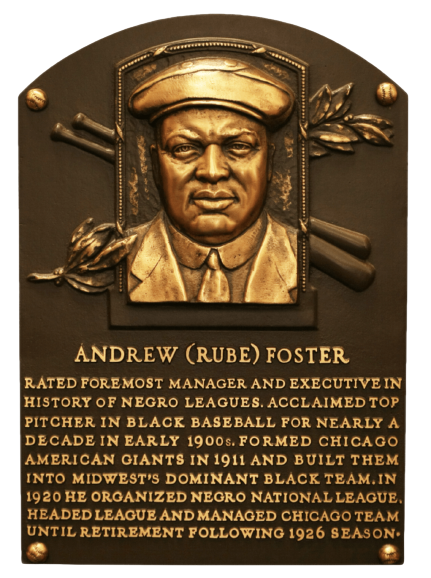
As MLB continues its initiative to integrate Negro League records with its MLB history, baseball becomes more complete. The long-overdue process to acknowledge the game’s marginalized greats honors the legacy of these amazing ballplayers, paying tribute to their roles in shaping the game we all love today.
